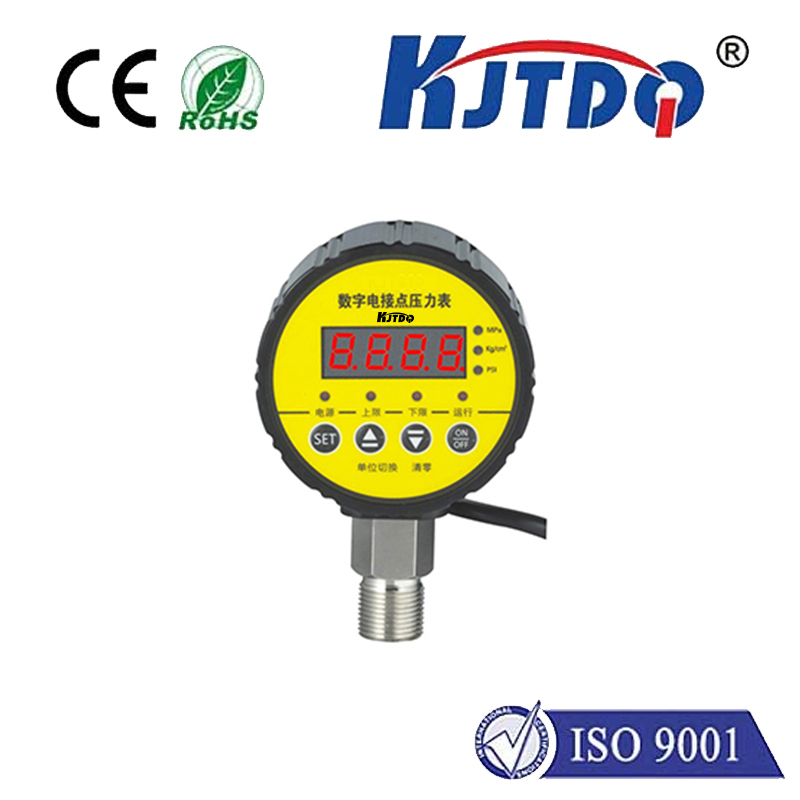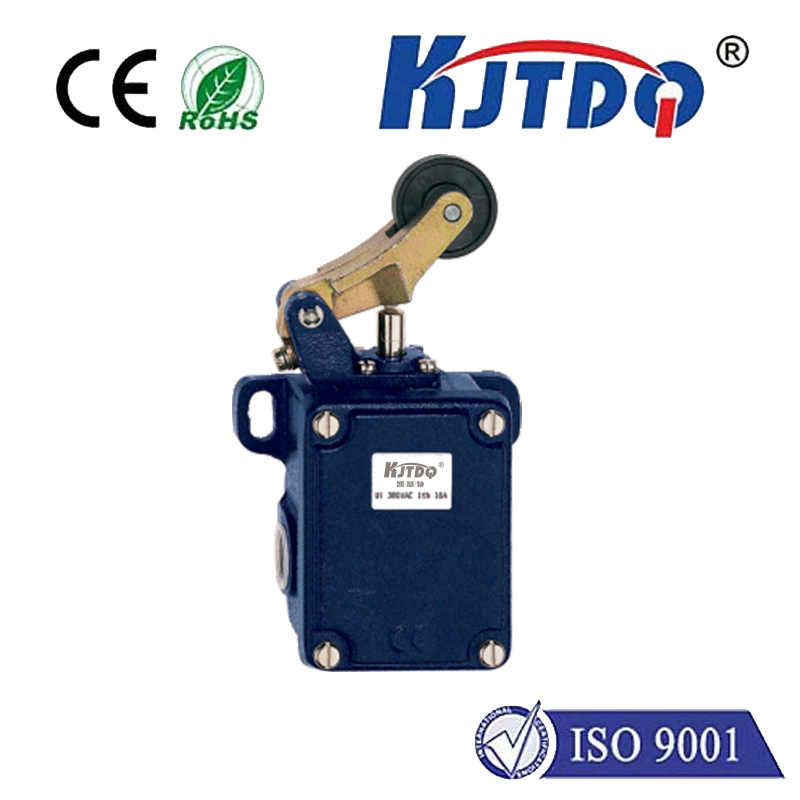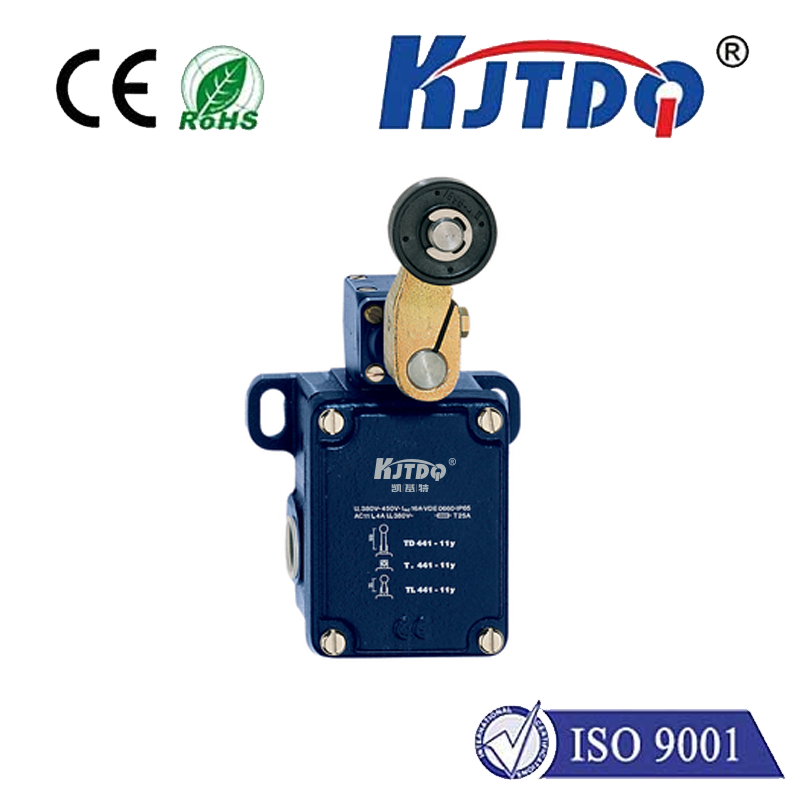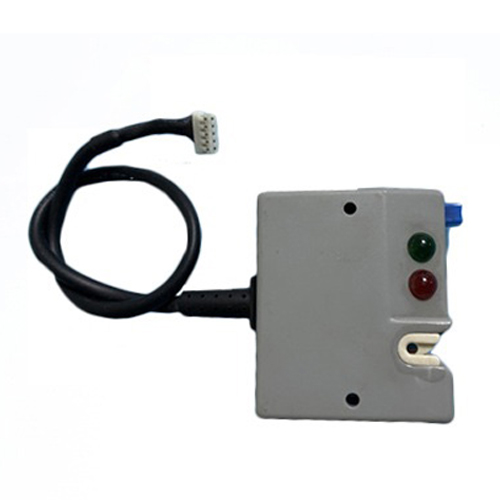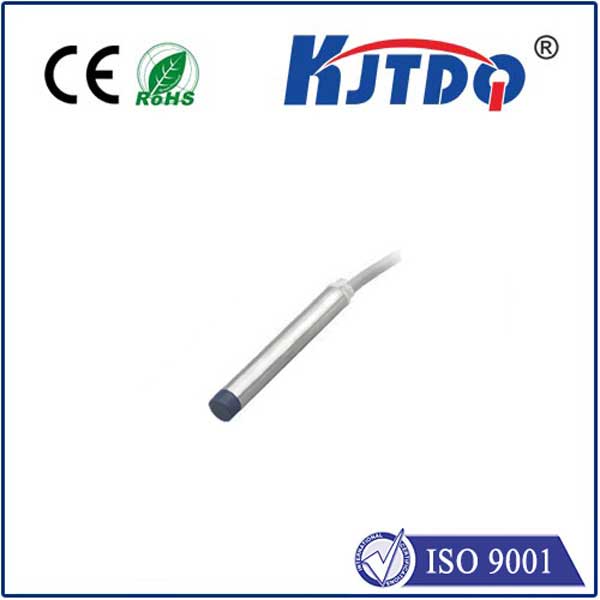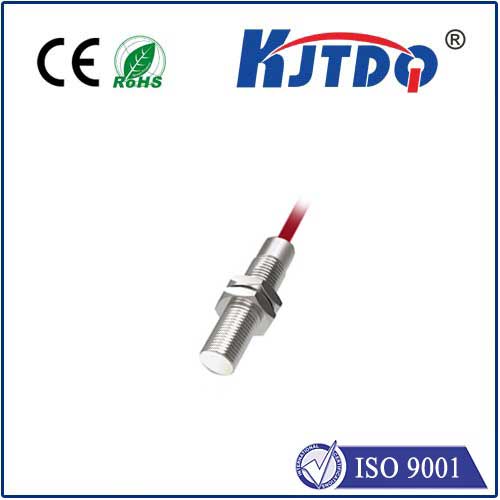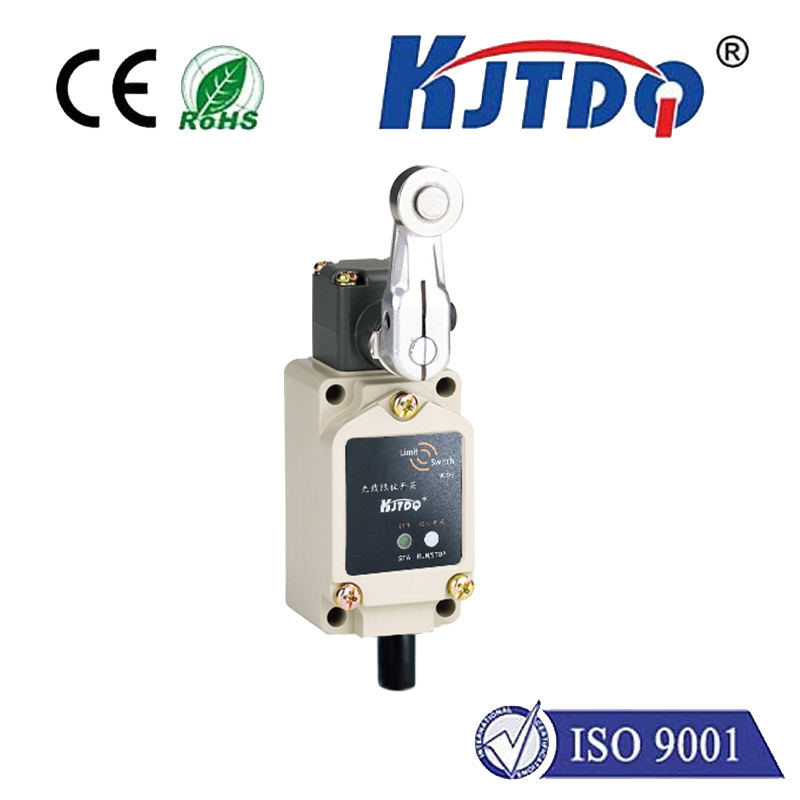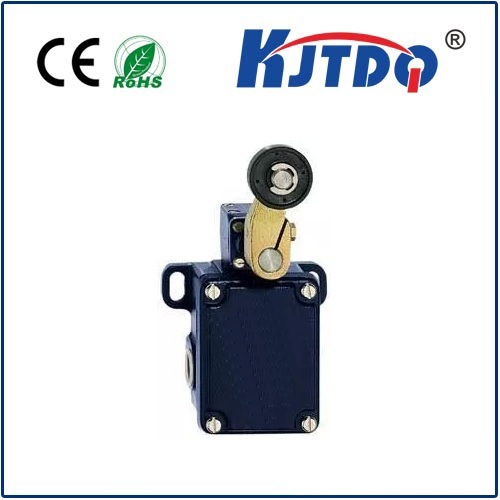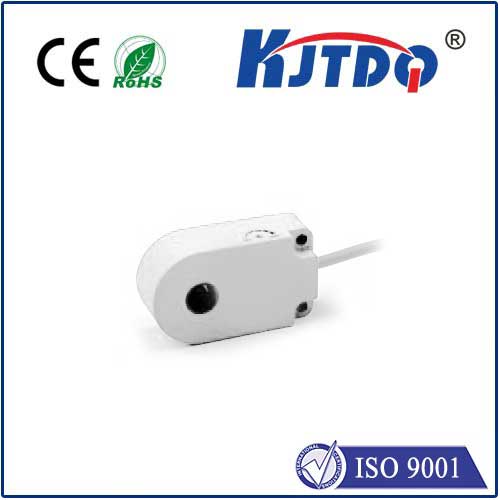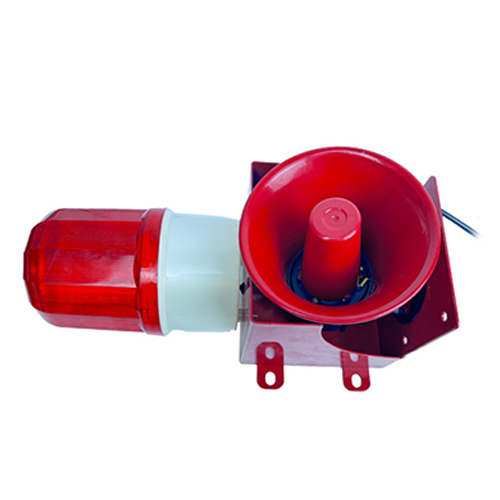

check

check

check

check

check

check

check

check

check

check
In the realm of industrial automation and electronic engineering, magnetic proximity switches stand out as a reliable and efficient solution for various sensing applications. These devices utilize the principles of magnetism to detect the presence of a ferrous target without making physical contact, thereby ensuring non-wear parts and extending the lifespan of the equipment.
A magnetic proximity switch consists of a reed switch encased within a plastic or metallic body. The reed switch contains two ferromagnetic blades known as reeds, which are hermetically sealed in an inert gas atmosphere. When a magnet approaches the switch, the magnetic field generated causes the reeds to close together, completing the electrical circuit. Once the magnetic field is removed, the reeds separate back to their original position, breaking the circuit. This action allows the switch to actuate a control mechanism or signal processing system.
Magnetic proximity switches find applications across various industries due to their simplicity, durability, and the ability to operate in harsh environments. Some common uses include:
Automation Control: In manufacturing lines, these switches can count product items, signal the presence of parts, or trigger machines based on the detection of metal targets.

Security Systems: They can be used in door locks and access control systems to recognize security cards equipped with magnets.
Transportation: On trains and other vehicles, they help in monitoring wheel speed and detecting the presence of railroad cars.
Motor and Pump Protection: Preventing pumps from running dry by signaling when fluid levels are low via float-operated magnets.
There are several advantages associated with using magnetic proximity switches:
Contactless Operation: Eliminates wear and tear because there is no physical contact between the sensor and the target.
High Reliability: Due to the absence of moving parts, these switches have a long operational lifespan.
Temperature Tolerance: Capable of functioning over a wide temperature range.
Simple Installation: Easily installed without complex adjustments. However, it’s important to consider potential limitations such as sensitivity to external magnetic fields and the necessity for careful positioning relative to the target object.
Magnetic proximity switches offer a sturdy and effective means of detecting the presence of ferrous objects, which makes them invaluable in modern industrial and security systems. By converting a magnetic field into a reliable electrical signal, these switches enable the seamless control of machinery and protection of equipment, enhancing both efficiency and safety in various application domains.
